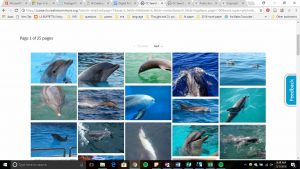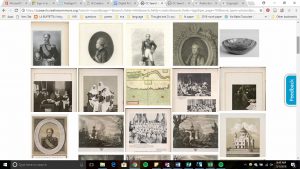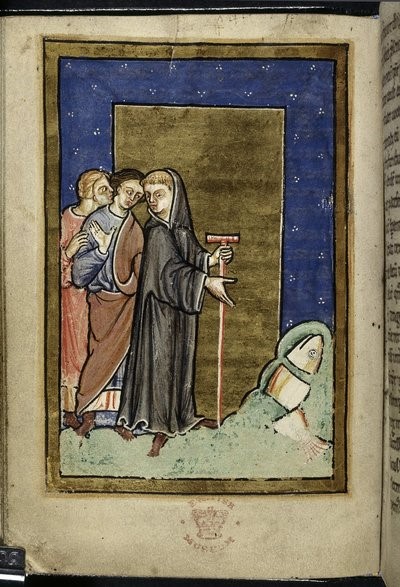As Jordyn said, I found that I had different experiences with the search features on the site. I tried the word dolphin both in the search feature on the syllabus and in the search feature under Use and Remix. In the first, the first few pages were color photographs. In the second, I got similar results when I clicked on Flickr and Google. However, when I searched under Europeana, just to see what would happen, the results were very different—illuminated manuscripts with images of dolphins appeared. I thought they were cool images that I didn’t expect to find.

I was writing an essay about studying abroad in Russia, so I tried Russia as a search term as well. In the first search feature, this time the images that appeared were all old photographs and illustrations, most likely things in the public domain. I got similar results when I searched the same term under Europeana in the second search function. But what appeared under Flickr and Google were recent photos or maps. It was interesting to me that the first search function turned up such different results for the two search terms.

I think the two separate search features are a negative of CreativeCommons—it was hard to determine which one to use or why, and hard to determine exactly what kind of search term would yield results. And, like others have said, I had some trouble navigating the search bar for anything other than images. I found that the boxes that popped up at the bottom of this page offered more and different types of texts than were available with the search function, but I wasn’t sure how to look for those within the search bar.
On the other hand, I did find it interesting to be able to search so many archives of documents at once, and to have images from Google filtered by the site to those that could be used.
Word Count: 362
